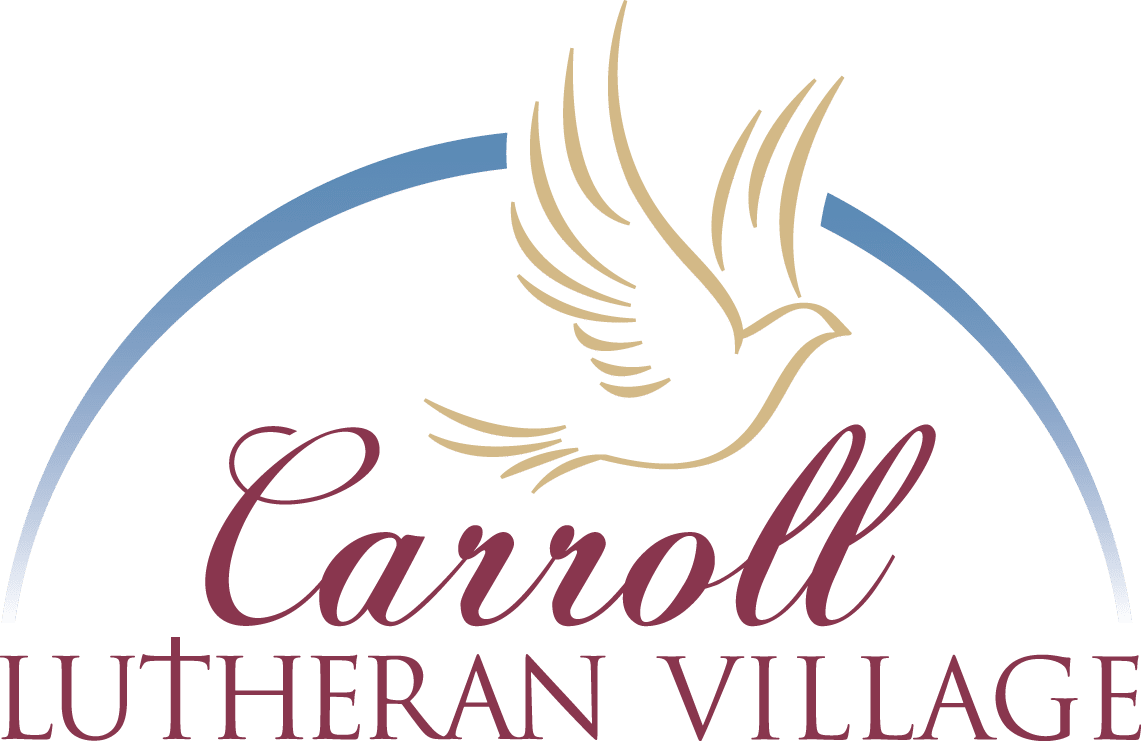There may come a time when you need more help and need to start looking into your options including evaluating the pros and cons of senior living. Living at home may be fine for now; it’s familiar and comfortable so why move? But as time goes by, you may need care for a health condition or want more out of life – making your home more of a burden than comfort.
We’ve gathered the frequently thought-about pros and cons of senior living to help you better understand this life option.
Pros and cons of senior living’s independent living
If you’re looking to get more out of life and need little to no help, independent living may be the perfect solution. When considering the pros and cons of senior living, specifically independent living, the independent living lifestyle is ideal if you are looking for freedom and independence and are healthy, active and on the go.
The resort-like amenities are another pro of the pros and cons of senior living’s independent living lifestyle. Senior living communities, like Carroll Lutheran Village, offer on-site hair salons and barbershops, chef-inspired meals and dining options, a fitness center, daily activities and events, and diverse housing floor plans to choose from – 24 in our community – ranging from modern stand-alone homes to beautiful apartments designed specifically for convenience and safety. You can enjoy all your favorite activities, from outdoor activities (e.g. gardening, croquet, tennis) to joining a club and meeting others over shared interest, without ever leaving the neighborhood.
Cost is often perceived as a con in relation to the pros and cons of senior living. Depending on where your circumstances, continuing to live at home now may be less costly. However, the costs are often comparable, so it’s important to factor specific communities in your research. You’ll likely find senior living communities offer a better value with all the amenities they offer. Learn more from our Comparing Costs. Affording a Continuing Care Retirement Community blog post.
Pros and cons of senior living’s assisted living
If you find yourself needing more help when living at home, you should consider the pros and cons of senior living’s assisted living. In assisted living, helpful and respectful staff are always available to lend a hand with dressing, personal hygiene and medication management as well as you getting where you want to go.
Connections and activities are other pros of the pros and cons of senior living’s assisted living. You’ll have many opportunities to make new friends – all of whom are a short walk away from your new home. Connections often fall by the wayside when getting older. Ability to drive at night, arranging for transportation and an increasing need for care are all contributing factors and increase the risk of isolation when living at home, which can negatively impact your health. Learn about the health risks of isolation from the National Institute on Aging’s article Social isolation, loneliness in older people pose health risks.
You also have the freedom to do all the things you love like meeting friends for a card game, exploring your artistic talents in an arts and crafts class, going for a swim or pursuing another interest. The best part is you have it all on site and can choose from a long list of things to do or just spend time at home with family, reading or watching a movie. The choice is yours!
Similar to independent living, cost is often perceived as a con of the pros and cons of senior living’s assisted living, but when comparing the costs of home health aid and homemaker services versus assisted living, the cost can be equal to or more than assisted living. Before you decide, explore the costs of senior living versus aging at home.
Pros and cons of senior living’s memory care
If you are among the approximately 5 million people in the United States diagnosed with dementia each year, the news can be overwhelming and devastating. Even if your family steps up to help, as the disease progresses they may ultimately be unable to deliver the care you need, so the best move is often to consider the pros and cons of senior living’s memory care.”
One of the most significant pros to treating memory care in a senior living community is security. Memory care neighborhoods are often located in a highly secured location to prevent residents from getting lost – wandering is a common symptom. Around-the-clock care, engaging activities and therapies that help slow the disease’s progression, and appetizing and nutritious meals are other pros of the pros and cons of senior living. Best of all, families have the peace of mind that comes with knowing you are in the safest and most caring environment and can spend time visiting with you instead of doing housework or other tasks.
The effects of leaving the familiar surrounding and routines of home tend to be initially thought of as a con – fearing that moving outside of the home will have detrimental effects. Though some level of confusion and fear are normal, they are usually short-lived. Staff who are specifically trained to provide memory care are there every step of the way to help you feel acclimated including engaging you in fun interactive activities.
Learn more about memory care from AARP’s Memory Care: Specialized Support for People With Alzheimer’s or Dementia.
Evaluating the pros and cons of senior living will help you assess the pros and cons of remaining at home as you compare them both. The information may lead you to move to a senior living community for the lifestyle, a health care need or both.
To help make the right choice among senior living care options download our Stay or Go Guide.






